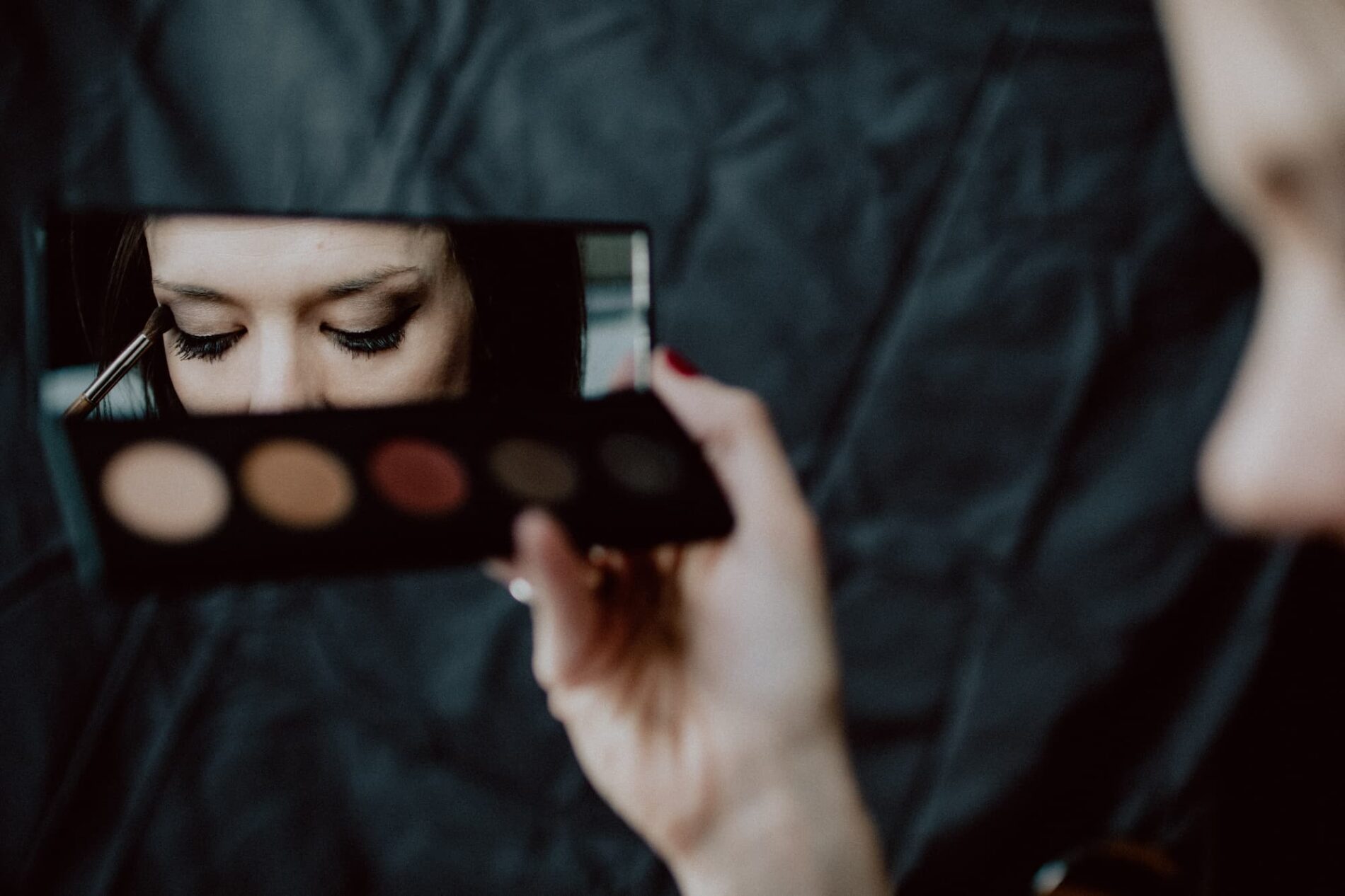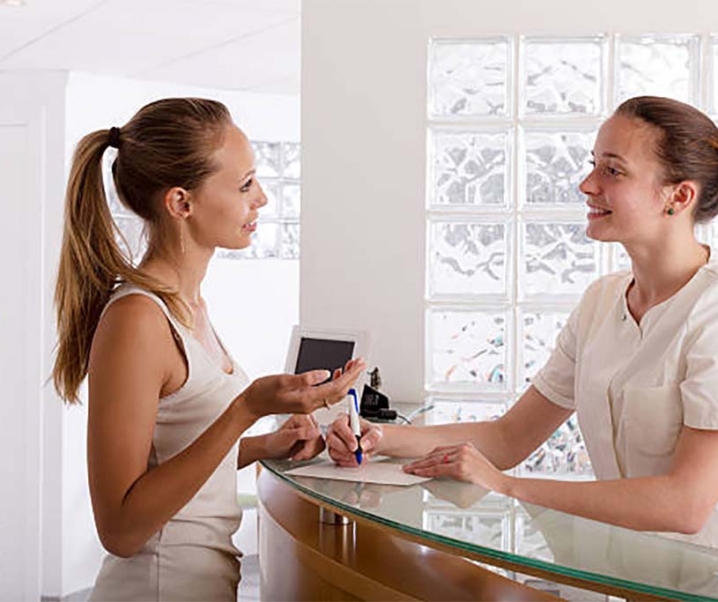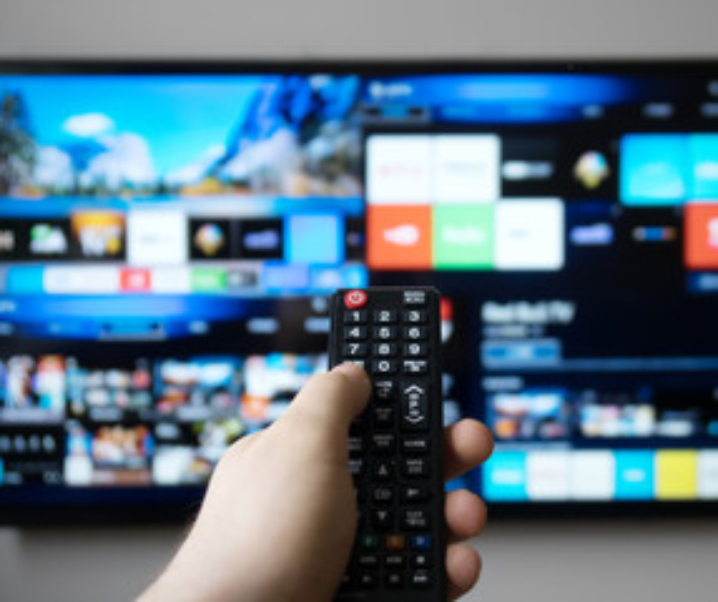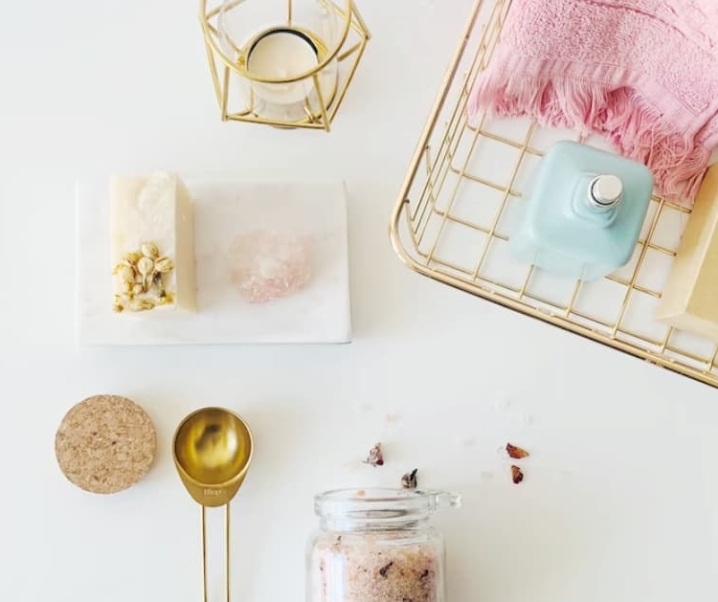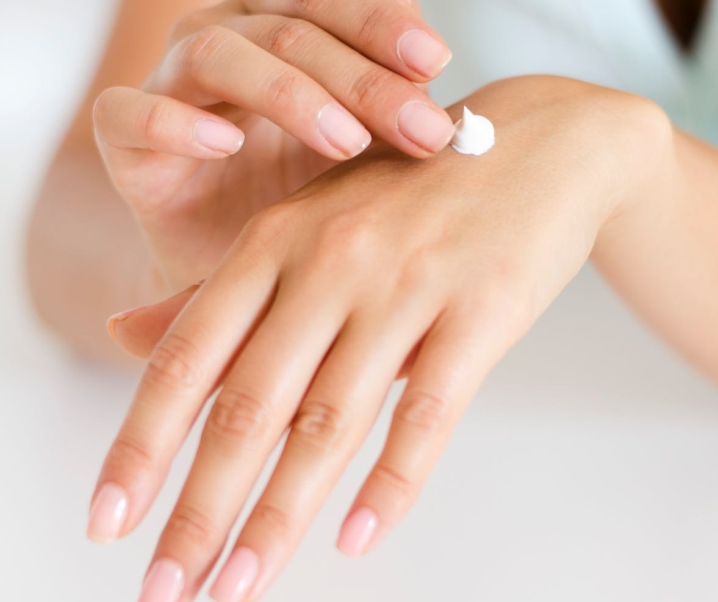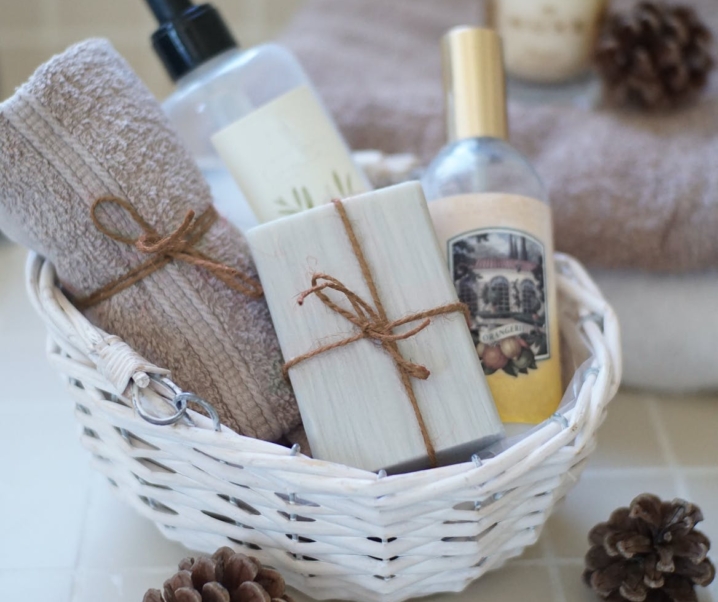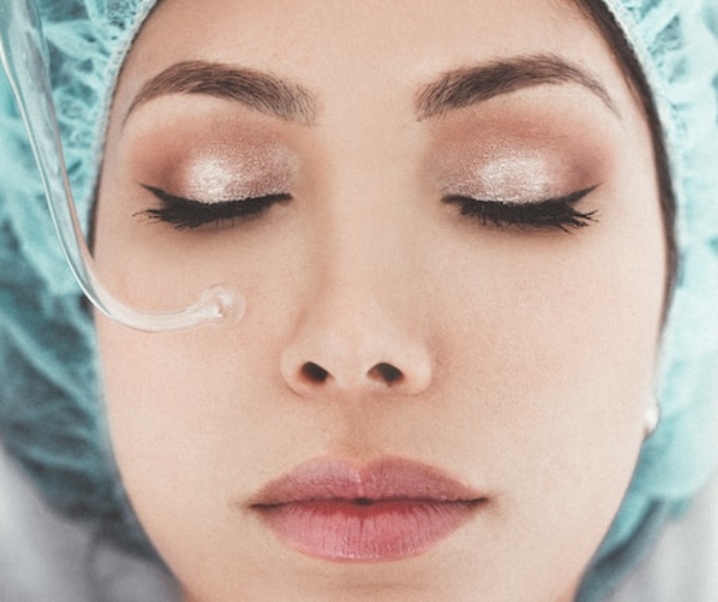Have you heard of virtual fitting rooms, printed make-ups and smart mirrors? So how is the beauty industry changing and is there a real benefit from coming innovations?
Competing for consumers in a highly competitive market, beauty and cosmetics brands are trying to develop the latest technology to be able to survive from machine learning, virtual and augmented reality, and artificial intelligence. But are there any real benefits from these beauty innovations? Or maybe are these just regular marketing tricks?
When world-known L’Oreal announced last year that the company wanted to see its brand not just as a world leader in cosmetics and beauty industry, but as a world leader in beauty technology, it became clear that big changes had taken place in the industry.
For 30-50 years, all men and women around the globe have been concerned about common issues related to their appearance, and with the development of modern technology, clients have become more exacting, the Vice President of L’Oreal’s Technology Guive Balooch says.
Women expect personalized products to exactly fit each specific. To be able to survive we need to evolve to satisfy requests.
Here are the modern technological trends in the beauty world?
- “Smart” facial skincare
Would you trust a mobile device to assess the condition of your skin? When we check what the future of IoT has to offer across industries, lots of options that were not available at home became a simple daily routine. Let’s take as an example the intelligent mirror HiMirror of the New Kinpo Group (Taiwanese developer).
Each time you run this program, it takes a detailed photo of your skin, looks for large and small spots, latest wrinkles, clogged pores, and determines the colour level of different areas.
The program then evaluates these aspects on a scale from bad to good, provides users with personal advice, recommending the best care solutions.
A similar smart mobile application named Skin Advisor is offered by Olay, and its latest FutureYou Simulation program. At the core of its technology Olay uses augmented reality that allows programs to show what your face and skin may look like with time.
Cosmetologists, however, inform that such programs can ruin clients’ self-esteem if they give them bad scores without worrying about the overall context of their lives.
- Printed makeup
Will we get to the time when the makeup for human beings will be applied by robots? A number of devices that have been produced thanks to consumer iot solutions and successfully entered the market in recent years give us hope.
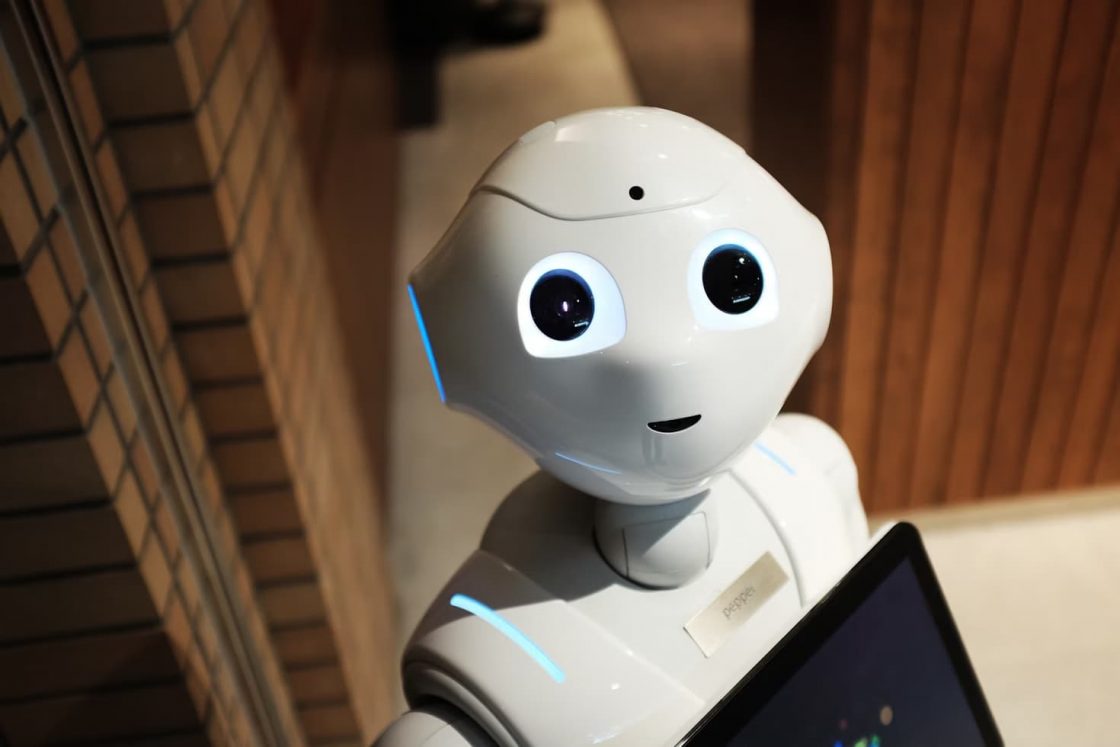
For example, Opté by P&G (Proctor and Gamble) is a 3D cosmetic printer presented at the Home Appliances Show in Las Vegas.
The device scans the face skin and deliberately applies microscopic doses, disguising age spots, ruptured vessels, and related skin imperfections.
Its microscopic built-in photo-camera takes around 200 shots per each second, and the microprocessor analyzes all gathered data, distinguishing between darker and lighter areas. After that, the microprinter sprays a makeup foundation on the skin areas.
Realizing the potential of this trend, Seymour Powell (design agency) presented the concept of a printer which allows you to download and “print” on your face makeup seen on the Internet. Celebrities together with beauty brands will be able to sell makeup looks directly to fans thanks to intelligent 3D printing, smart face recognition, and artificial intelligence. But is it the bright future of the makeup industry with all its pros and cons?
- Personalization and artificial intelligence
Approximately 50% of all women usually complain that it is super difficult to find a skin foundation of the right skin shade. This is especially problematic for women or men with darker skin, says Mr. Balush.
However, overflowing store shelves with thousands of foundation shades are impractical, he explains.
Instead, Lancome, a subsidiary of L’Oreal, has developed a device for mixing foundation perfectly matched to clients’ skin.
This Teint Particulier device with artificial intelligence in the core tech is already installed in the British department shops Selfridges and Harrods.
A Lancome store consultant determines a customer’s tone of the skin with a hand-held colorimeter, a sensor like a digital scanning device.
The result of this procedure is transmitted to the software program, which selects the desired tone of cream from 20 thousand possible options using a patented algorithm.
Based on this choice, a special mixer mixes your cream in front of your eyes, in the store.
In about the same way, paint is mixed in repair shops with the difference that it’s much harder to reproduce the exact tone of the skin, says Mr. Balush.
Based on the latest market research in the cosmetics industry, the demand for cosmetics with personalization is growing in days. Almost half of the customers love the idea that cosmetic products can be made especially for the customers and they are convinced that custom products give more visible results.
